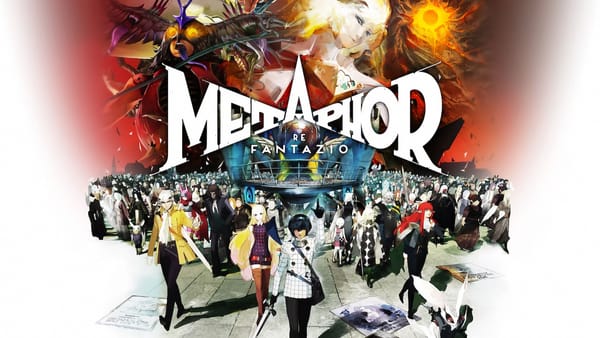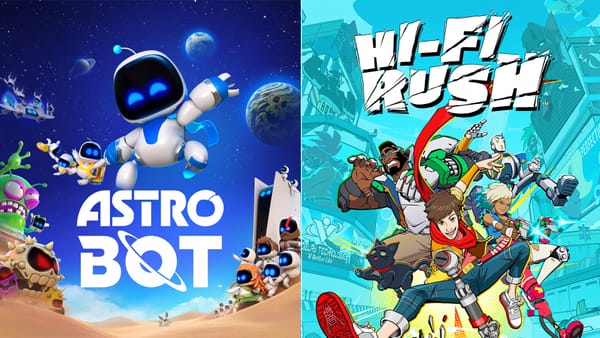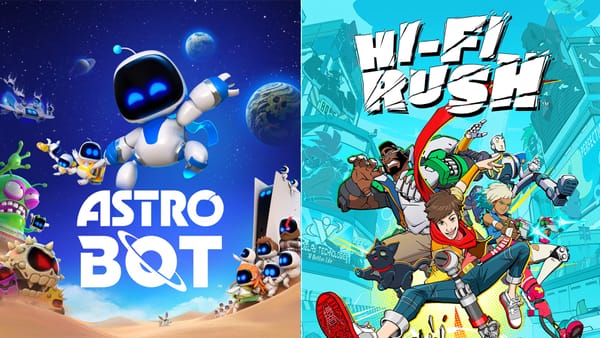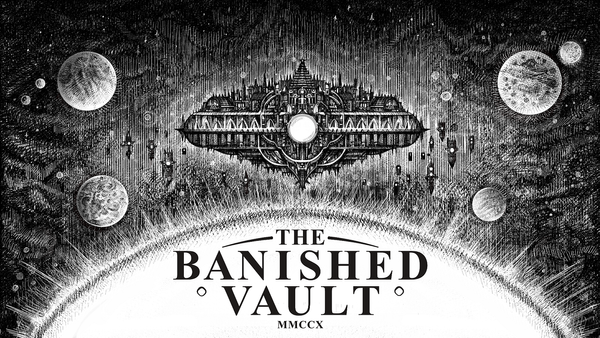Storyteller gets writing right—because it’s about revision
Writing is rewriting, and rewriting, and rewriting
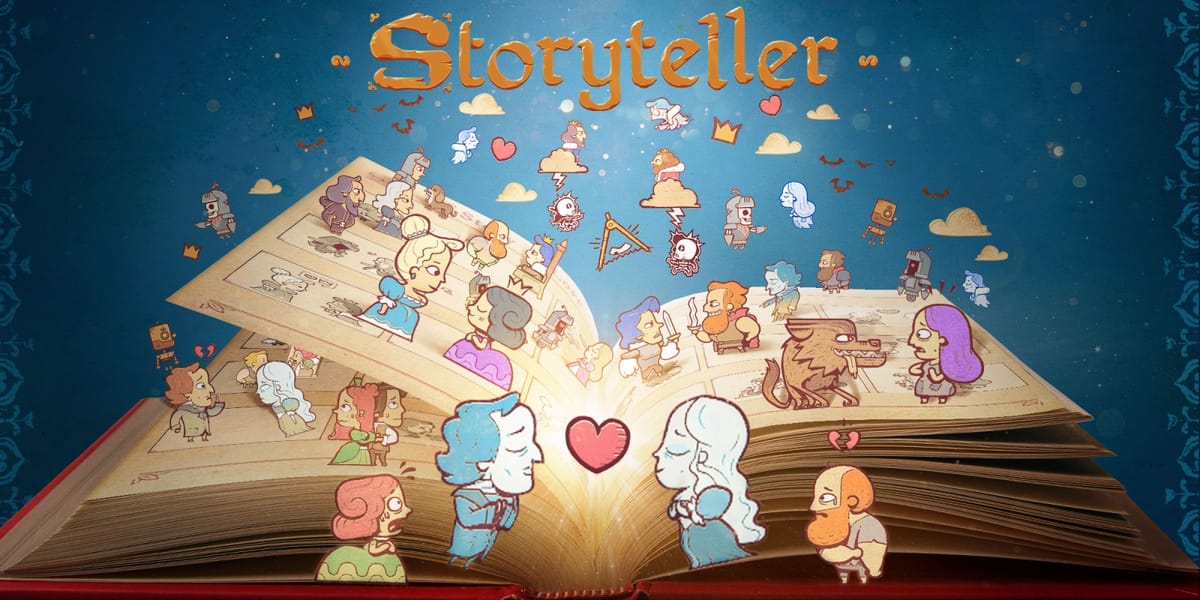
I have a pet peeve about how writing is represented in film and TV. The writer at their desk, typing away—frustrated, maybe, but trying to work, trying to focus, swirling a coffee mug, the coffee cold and stale, the writer staring back at the screen, maybe deleting something, maybe typing something again, sighing, typing, sighing, deleting, typing, deleting, when, WHAM, inspiration hits. The writer has a look of shock on their face, as though they’re just as surprised as anyone by what’s occurred to them. That’s it! By gosh, by golly, by God, I’ve got it! They type furiously, looking down and their fingers now and again to accentuate the physical act of writing, or perhaps bearing witness to the genius flowing through their mind and into their hands, the words landing there, on the screen in front of them, in all their perfection, ready to be shipped out to an editor or a publisher or their agent or whatever, who promptly declares the work to be genius, brilliant, their best work yet.
Bullshit.
Writing, in my experience, is rewriting. Maybe there are some talented people out there who write a first draft and ship it, but that’s rarely been my experience. My own experience, especially as of late as I work on making the various parts of my novel talk to each other, is that writing involves a lot of rewriting. Like, predominantly rewriting. The middle stretch of my book has taken on so many forms at this point, it may as well be Ditto. Scenes are rewritten, chapters are reimagined, whole characters are refashioned to meet the demands of the larger structure. It’s frustrating work, but it’s necessary if you want the thing to be any good. Writing, in my experience, is the practice of continually asking yourself: How do I make this better?
George Saunders puts it better than me in an essay for the Guardian, “What writers really do when they write”:
My method is: I imagine a meter mounted in my forehead, with “P” on this side (“Positive”) and “N” on this side (“Negative”). I try to read what I’ve written uninflectedly, the way a first-time reader might (“without hope and without despair”). Where’s the needle? Accept the result without whining. Then edit, so as to move the needle into the “P” zone. Enact a repetitive, obsessive, iterative application of preference: watch the needle, adjust the prose, watch the needle, adjust the prose (rinse, lather, repeat), through (sometimes) hundreds of drafts. Like a cruise ship slowly turning, the story will start to alter course via those thousands of incremental adjustments.
The artist, in this model, is like the optometrist, always asking: Is it better like this? Or like this?
Saunders expounds upon this process more in the excellent A Swim in the Pond in the Rain, which is a wonderful book on the process of reading and writing fiction that, if you haven’t read it already, I highly recommend seeking out as a counterpoint to how writers are portrayed in film and TV as weird, lightning-rod geniuses just waiting for the perfect words to come down to them from on high.
But because this is a gaming newsletter, I’m here to tell you: You could also just play Storyteller.
Storyteller is a puzzle game about writing stories. If you have Netflix, it’s included in their now oddly generous selection of mobile games, which is where I played it. It’s a game composed entirely of writing prompts that you satisfy by moving around characters, themes, settings, and plot points into comic book–esque arrangement, completing the story to the game’s satisfaction.
The first level is very straightforward, in that it is a love story, albeit a sad one. The prompt is “Adam Starts Alone, Finds Love, and Dies Happy,” and the way you accomplish it is, as with the first level of any videogame, quite simple. You place Adam alone in panel one, you put him with Eve in panel two, and you have him dead, with Eve grieving him, in panel three.
Things get more complicated from there. Satisfying the game’s prompts—which range from “A Heartbreak is Healed" to “Cyclic, Mutually Toxic Love Affair,” plus a lot of werewolf stuff—is fun and especially enjoyable on mobile, where it can be played in short bursts, as one does with mobile games. Going through these prompts and attempting to create a coherent story out of constituent parts is a joyful, though simplistic, distillation of the real experience of fiction writing.
That said, if that’s all the game had to offer, I’m not sure I’d be recommending it. There’s a very literalness to this kind of puzzle game (put Piece A into Slot A and Piece B into Slot B) that isn’t especially novel, especially in this golden era of puzzle games like Cocoon and Animal Well. If all Storyteller was about was drafting story plots, then I’d probably feel a bit let down. Thankfully, as you reach the midway point of the game, it starts being about revision.
The first puzzle in Chapter 2 tasks you with the prompt: “A Heartbreak is Healed.” You’re given four characters to play with, plus two settings: a wedding and a funeral. The prompt is easily solved by having two characters wed in panel one, killing one of those characters in panel two, then having the widow(er) remarry in panel three. Again: not groundbreaking stuff. But upon solving the puzzle, a new sub-prompt appears: “...without any deaths.”
It took me a while to figure it out, but eventually it became clear to me that, ah, this is why they provided me with four characters to play with. You can heal a heartbreak with three characters, if and only if you kill one of them. But if you can’t kill any of them? Well, we need a good old fashioned story of someone being spurned.
The solution is thus: Two characters wed in panel one, as before. But now, in panel two, instead of killing one of them off, we now have a new character attempt to marry one of the already married characters, who spurns their attempts at love, breaking their heart. Finally, we have that newly heartbroken character marry the fourth, unmarried, un-heartbroken character, and, voila, the more complicated, more interesting prompt is satisfied.
It’s when the game challenges you to solve a puzzle a second way like this that Storyteller truly comes alive. What if we could tell this same story in a more interesting way? the game asks. What would this story look like if we moved this piece over here and that piece over there? What is the best permutation of this that you can think of, given time, effort, and a willingness to revise?
That, my friends, is what writing is really like. No epiphanies. No brilliance from on high. Just creativity and a willingness to work at it—and to rework at it.
Storyteller is the most fun you can have pretending to be an editor. And it’s way less bullshit than the crap you see on TV.


